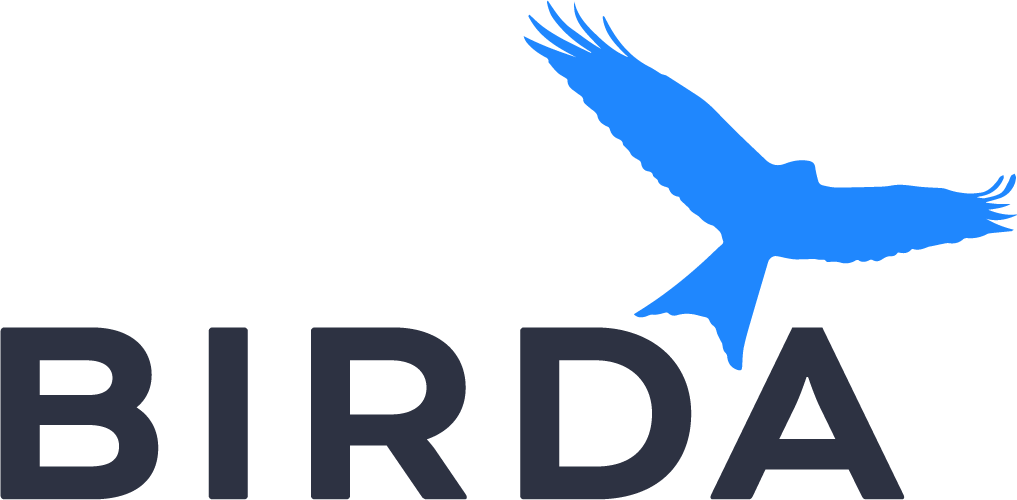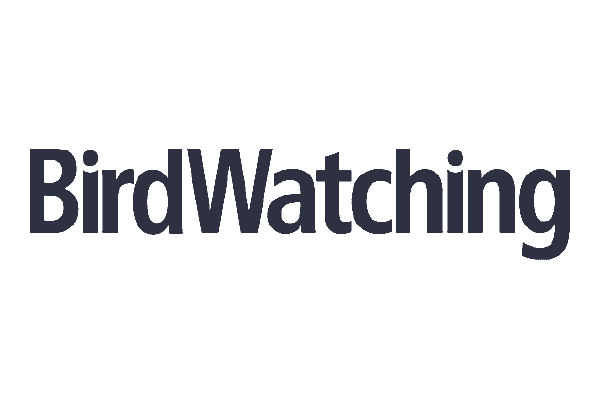Purple-gaped Honeyeater
Lichenostomus cratitius
The Purple-gaped Honeyeater, Lichenostomus cratitius, presents itself as a medium-sized bird, measuring between 16 to 19 centimeters in length. Its plumage is a subtle blend of grey-olive on the upper parts, transitioning to a buffish yellow below. The bird's head is adorned with a distinctive pattern, featuring a black eyestripe set against a grey backdrop, complemented by a purple gape situated above a yellow streak on the throat. Pointed yellow ear coverts add to its striking visage. Juvenile birds share a resemblance with adults but exhibit a slightly duller facial pattern, marginally browner plumage, and a yellow gape and gape line. The subspecies found on Kangaroo Island is noted for being larger and darker than its mainland counterparts.
Identification Tips
When identifying the Purple-gaped Honeyeater, look for the characteristic purple gape and the yellow streak on the throat, which are key distinguishing features. The black eyestripe and yellow ear coverts are also notable. Juveniles may be identified by their less vivid facial patterns and the presence of a yellow gape.
Habitat
This species is endemic to semi-arid southern Australia, favoring mallee woodlands and shrublands, tall heath, and associated low eucalypt woodlands. They are also known to inhabit yellow gum woodlands with dense thickets and may occasionally be found in gardens.
Distribution
The Purple-gaped Honeyeater is found in disjunct populations across southern Australia, extending east from southern Western Australia. The eastern population is primarily located south of the Murray River, with New South Wales marking the extreme north-eastern limit of its range.
Behaviour
These birds are gregarious by nature, typically observed in pairs or small groups of 3 to 8 individuals. They are generally quiet and unobtrusive, though they become more vocal in the spring. Known for their regular drinking and bathing habits, particularly in warmer weather, they may exhibit aggression towards other honeyeaters and are prone to chasing other birds when feeding.
Song & Calls
The Purple-gaped Honeyeater's song is a melodious toweet-toweet-toweet, followed by a series of high-pitched yep-yep-yep calls. These vocalizations are often delivered from a tall branch, sometimes even before the break of dawn.
Diet and Feeding
Their diet primarily consists of nectar and insects, particularly favoring the blossoms of mallee eucalypts and banksias. They also engage in foraging for insects beneath loose bark or capturing them mid-flight. Seeds, pollen, and honeydew from scale insects are consumed less frequently.
Breeding
The nest of the Purple-gaped Honeyeater is a small cup constructed from bark strips, grass, and down, all bound together with spider web and egg sacs. These nests are typically placed in a horizontal fork or suspended from slender branchlets within dense foliage, usually at heights less than three meters above the ground.
Similar Species
The Yellow-plumed Honeyeater and the Singing Honeyeater bear resemblance to the Purple-gaped Honeyeater and may be considered when identifying similar species.
Conservation status
Internationally, the Purple-gaped Honeyeater is classified as 'Least Concern' on the IUCN Red List of Threatened Species. However, in New South Wales, it is listed as Vulnerable under the Biodiversity Conservation Act 2016. In South Australia, the species is considered Rare under the National Parks and Wildlife Act 1972, and in Victoria, it is listed as Vulnerable under the Flora and Fauna Guarantee Act 1988.
Protected areas
This species can be found in several protected areas across its range, including Mallee Cliffs National Park in New South Wales, Flinders Chase National Park and Gawler Ranges National Park in South Australia, and Greater Bendigo National Park, Hattah-Kulkyne National Park, and other conservation parks in Victoria. In Western Australia, it is present in Cape Arid National Park and Cape Le Grand National Park.


















































